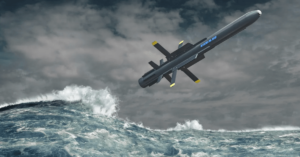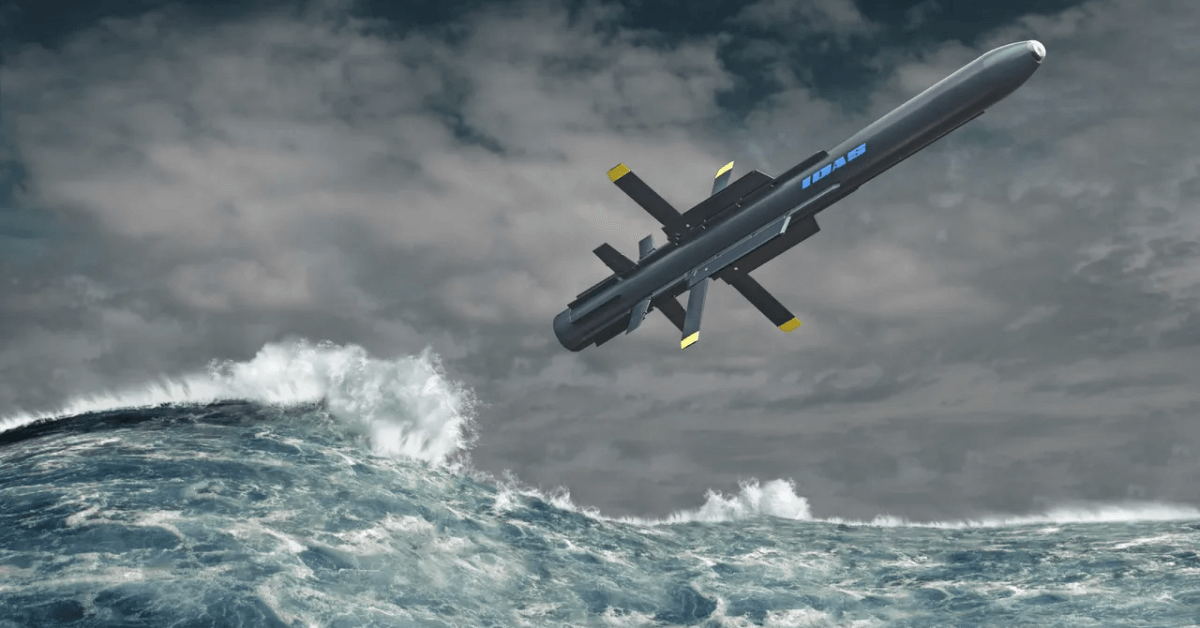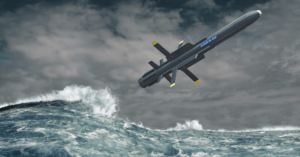
Iranian Navy’s Military Craft Chases American Ship In The Persian Gulf
January 25, 2025
Sistership Of Infamous Vessel That Hit Baltimore Bridge Faces Engine Issues In Pacific
January 25, 2025

Germany is taking submarine defence to the next level by developing a first-of-its-kind weapon system that allows submarines to defend themselves against air threats without surfacing.
The Interactive Defence and Attack System for Submarines (IDAS), created by ThyssenKrupp Marine Systems and Diehl Defence, will introduce a revolutionary capability for protecting submarines and their crews.
The Bundeswehr, Germany’s armed forces, commissioned the development of IDAS through a contract signed at the end of 2024.
Germany’s parliament approved a $5 billion funding package for building four advanced Type 212CD submarines, which will feature the IDAS system. Of this budget, $26 million has been allocated to complete the development and qualification of IDAS.
IDAS is a guided missile system designed specifically for submarines. It allows submarines to engage air threats, such as sub-hunting helicopters while remaining submerged. This is achieved using a fibre-optic wire-guided missile equipped with an infrared seeker.
The missile is launched through a torpedo tube, and once it reaches the surface, the operator can guide it precisely to its target using real-time data from the submarine.
Unlike traditional submarine defences that rely on stealth or deep diving, IDAS provides active protection against detection and attacks. Previously, submarines that carried portable anti-aircraft missile launchers had to surface to use them, exposing themselves to enemy forces.
The IDAS missile is based on the IRIS-T air-to-air missile developed by Diehl Defence. It features folding winglets and is housed in an ejection container the size of a standard heavyweight torpedo.
Each missile is launched using an integrated thrust piston system within the container. This design enables easy integration into new submarines like the Type 212CD and retrofitting onto existing vessels.
The system also includes a new ejection unit allowing submarine crews to launch missiles without revealing their position through mast-mounted sensors or surfacing. By remaining submerged during engagements, submarines can maintain their stealth advantage.
The development of IDAS started in the early 2000s, with the first successful underwater test launch conducted in 2006. The system received a National Defense Technology award in 2007.
Initial plans were to retrofit the system on existing submarines and deploy it by 2014, but it was delayed by a decade.
In December 2024, the German parliament approved the funding needed to revive and complete the project. The IDAS system is now on track to make its operational debut on the Type 212CD submarines, which are expected to enter service in the early 2030s.
ThyssenKrupp Marine Systems talked about the increasing difficulty for submarines to remain undetected due to advancements in airborne anti-submarine warfare.
Modern surface ships are often equipped with sonar-capable, torpedo-armed helicopters that can quickly locate and destroy submarines.
Traditional defence methods involve hiding in ocean layers or diving deeper, but these approaches are no longer sufficient against advanced selection systems.
Oliver Burkhard, CEO of ThyssenKrupp Marine Systems stated that the system would enhance the safety of both crews and vessels in challenging operational environments.
The Type 212CD submarines equipped with IDAS will be among the most advanced in the world. Germany’s Federal Office for Defense Technology and Procurement (BAAINBw) has been a key partner in the project.
Reference: ThyssenKrupp Marine Systems
Source: Maritime Shipping News


